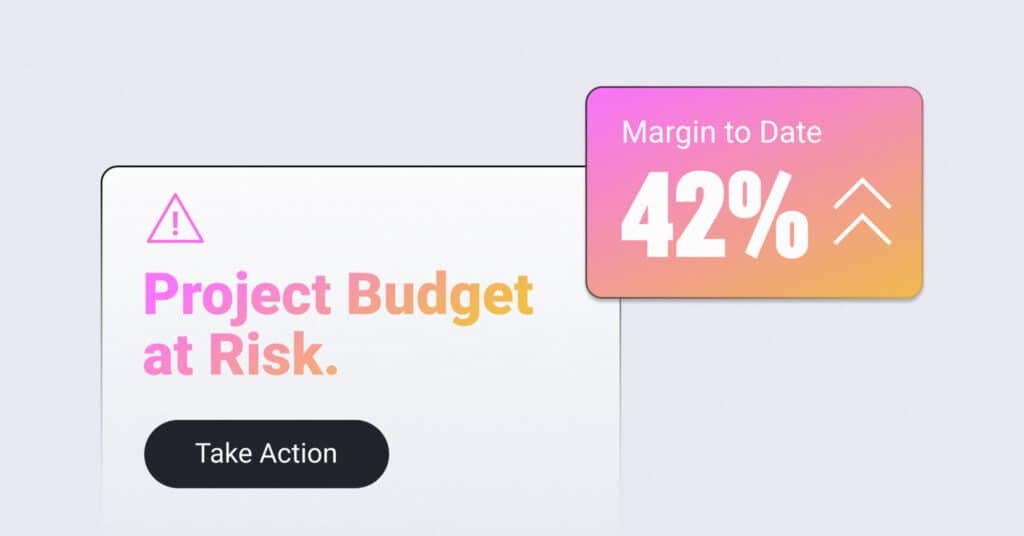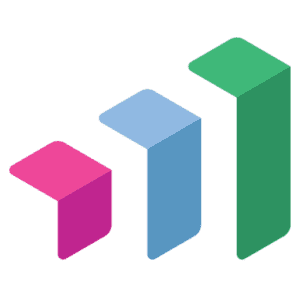Top 5 Factors to Consider When Choosing Capacity Planning Software

To have an effective capacity planning approach, you need a system that allows you to make strategic, confident, and future-forward decisions. That being said, finding the right solution can feel daunting—so stick around! We outline key factors to consider when assessing capacity planning software below. 👇
Table of Contents
- Understanding Capacity Planning for Digital Agencies
- Top Factors to Consider When Choosing Capacity Planning Software
- How To Start Capacity Planning
Understanding Capacity Planning for Digital Agencies
When we talk about “capacity planning”, we know this could have a number of different meanings and associations. So, let’s first align on what capacity planning really is and why it matters.
Capacity planning helps agencies understand what kind of services and products their customers and prospects want now. It helps predict future needs so agency leaders can plan and invest in the right resources with confidence. In it’s simplest form, capacity planning is about knowing supply and demand, both now and in the future.
Gaining a clear picture of supply and demand comes with phenomenal perks that both leaders and their teams benefit from.
What are the Benefits of Capacity Planning?
- Improved Resource Management: Resource management focuses on assigning the right talent to keep projects moving forward, and capacity planning focuses on forecasting future needs—but these two practices should lean on each other. When you hit your stride with capacity planning, for example, you’ll be able to better, more effectively manage resources for current projects AND avoid overcommitting to future projects if the right resources aren’t available.
- “What If?” Planning: Capacity planning provides the ability to create what-if scenarios to help leaders truly think through and plan for everything so no one is caught off guard. It’s “if this, then that”-type of planning that helps avoid last-minute scrambles and ease the rollercoaster of too much work/not enough people (or vice versa).
- Proactive Decision-making: Capacity planning helps leaders identify potential resource constraints early on in the project lifecycle so they can take steps to address them before they become a bigger problem. This can help businesses avoid delays and ensure the successful delivery of projects.
The services industry will constantly be evolving, and there will always be economically challenging times that leaders will have to navigate. Given that capacity planning helps organizations navigate with more confidence and greater ease, you need to ensure your approach to capacity planning is effective and scalable.

Factors to Consider When Choosing Capacity Planning Software
How should you go about choosing the right system? We know there’s a lot of noise in the market, and navigating all the different options can be overwhelming. So, let’s break it down…
Consider discussing the following capabilities and characteristics with the solution partners you connect with:
- Ease of Use: How easy is it to use?
It’s a simple question, but you’d be surprised how many systems aren’t easy to use today. 😬 Your software should be easy to use once onboarded onto the platform. If it needs training during the product implementation process, be sure to keep an eye out for unexpected fees. This is especially important for digital agencies that may have multiple team members and various roles using the software. The software should include easy-to-follow instructions, tutorials, and customer support to assist users in using it.
- Integration with Existing Tools: Does it integrate with other tools?
Another crucial factor to consider when choosing capacity planning software is its compatibility with other tools. The software should work well with tools you already use, like your CRM and project management tools. This helps provide you and your teams with a central, cohesive home-base for everything.
- Scalability: Can it scale?
Your capacity planning software should be scalable and able to handle a growing number of projects, users, and resources. As your business grows, it’s essential to have a software solution that can handle current needs and keep up with the increasing and evolving demands.
- Reporting and Analytics: What reporting and analytics features does it offer?
The solution you use should provide detailed reporting and analytics, helping you and your team make informed, strategic decisions about your capacity and resources now and for future. It also should offer real-time visibility into the resources being utilized so you can easily identify trends, patterns, and areas for improvement, which can help build confidence, enable strategic forecasting, and drive profitability.
- Budget and Pricing: How much does it cost?
Of course, you need to consider the budget and pricing of capacity planning solutions. Ideally, the software should drive both immediate and long-lasting value, so it’s important to consider not only the upfront costs of the software but also any ongoing maintenance or support and training fees (don’t forget to inquire about add-on fees!). Make sure to also consider any potential cost savings or efficiencies that the software may provide in the long run.
How to Start Capacity Planning
At Parallax, we work with companies spanning every stage of the operational maturity curve to drive the behaviors that will lead to strategic forecasting and capacity planning. Unlike legacy PSA solutions, which take between 12-18 months to roll out and adopt, Parallax has you up and running in 90 days with minimal disruption to your broader team.
We also understand the importance of maintaining business continuity, which is why our software is designed to integrate seamlessly with your existing toolset, ensuring a smooth transition and minimizing the learning curve for your team. By leveraging the tools you already know and love, Parallax can help you streamline your capacity planning processes, optimize your resources, and achieve greater efficiency and profitability without causing any major disruptions to your existing workflows. 💯
Ultimately, we’re here to help you sustain your business, grow your business AND keep your talent happy and fulfilled. All it takes is implementing capacity planning best practices and unlocking true, strategic forecasting—and that’s exactly what we do.
Interested to learn more? We’re ready when you are.


